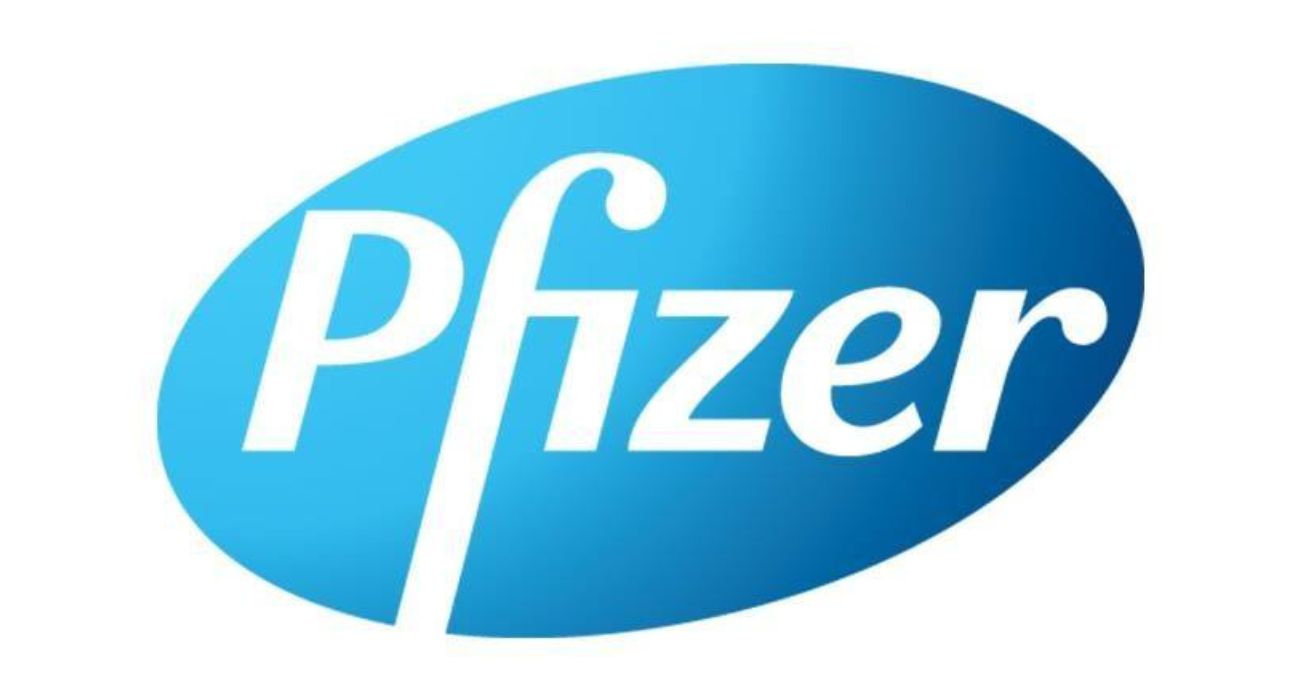A new report has revealed the languages most spoken during clinical visits.
The analysis was based on 205 million minutes of language interpretation provided by workforce management company AMN Healthcare.
AMN Healthcare announced the release of its 2023 Healthcare World Language Index on November 7. AMN’s Language Services division compiled the index based on data collected from over 3,000 healthcare facilities between September 2022 and August of this year.
The report details that the top two spoken languages in clinical visits nationwide are English and Spanish.
“Spanish is by far the most frequently used language other than English in patient/healthcare provider encounters nationally,” reads the report. “Spanish is spoken in 73% of such encounters nationwide, down from 74% in 2021.”
These languages were followed by Mandarin, Cantonese, Vietnamese, Arabic Haitian Creole, American Sign Language, Russian, Portuguese, and Korean. Researchers believe that these recorded languages reflect migration patterns throughout the nation.
Jacobia Solomon, president of AMN Healthcare Language Services, said in a press release that such patterns can be attributed to refugee resettlement programs.
“For example, 47 states include Arabic among their top 10 most used non-English languages. Arabic is the second most used non-English language after Spanish in North Carolina, New York, Pennsylvania, Tennessee, Texas, and Virginia,” reads the report.
In terms of the state of Texas, the most used languages in order are Spanish, Arabic, Vietnamese, ASL, Pashto, Mandarin, French, Dari, Swahili, and Nepali. In addition, the report details that just over 35% of those living in Texas speak a non-English language at home.
The company says on its website that this new index “reflects the growing diversity of the patient population and the importance of clear and culturally sensitive interpretation in healthcare delivery.”
“Language diversity in healthcare is exploding,” said Solomon. “From Mandarin to Arabic to Swahili to Hmong, and many others, patients in U.S. healthcare facilities are speaking a broader array of languages than ever before, and providers are using evolving technologies and platforms to meet this ever-increasing need.”






